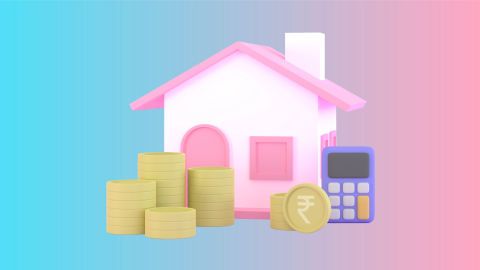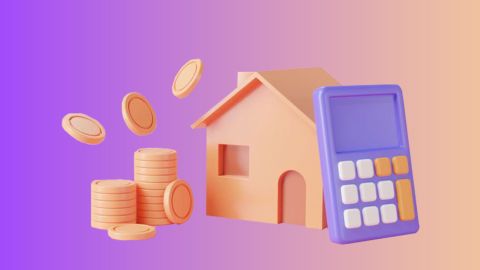Understanding the distinctions between real property and personal property is fundamental in navigating various legal, financial, and practical considerations, particularly in contexts such as property transactions, taxation, and estate planning. Real property, encompassing land and its permanent fixtures, carries inherent immobility and distinctive legal requirements, contrasting with personal property, which is movable and diverse in its forms. These disparities extend to taxation, depreciation, and the complexities of legal disputes and estate distribution. Whether considering the acquisition of a home or managing assets for future generations, discerning between real and personal property lays the groundwork for informed decision-making and prudent planning.
What is real property?
Real property, often referred to as real estate, includes land and anything permanently attached to the land. This encompasses not only the ground itself but also buildings, trees, minerals, and water bodies that are a part of the property. The defining characteristic of real property is its immobility—these assets cannot be moved from one place to another.
Key components of real property
- Land: The physical ground including any soil, rocks, and other organic or inorganic materials.
- Improvements: Any additions or changes to the land that are intended to be permanent, such as buildings, roads, and fences.
- Appurtenances: Rights or privileges associated with the property, like air rights, water rights, and mineral rights.
What is personal property?
Personal property refers to any asset that is movable and not permanently affixed to one location. This category encompasses a wide range of items from household goods to vehicles, and it can be further classified into tangible and intangible items.
Types of Personal Property:
- Tangible personal property: These are physical items that can be moved easily, like furniture, cars, and electronics.
- Intangible personal property: This includes non-physical rights and assets such as stocks, bonds, and intellectual property.
Key differences between real and personal property
- Nature of property: The most fundamental difference is that real property is immovable, whereas personal property can be moved.
- Treatment in law: Real property transactions are usually more complex and formal, often requiring registration and legal scrutiny. In contrast, personal property can be transferred with less formality.
- Taxation: Real estate property is subject to property tax, which is generally based on the assessed value of the land and buildings. Personal property, however, may be taxed differently depending on whether it is considered a business asset or not.
- Depreciation: Personal property often depreciates over time, whereas real property generally appreciates, making it a significant investment consideration.
Consider Bajaj Housing Finance Home Loan
If you are looking to purchase a new home and need funds, you can consider Bajaj Housing Finance Home Loan. Whether you are a first-time homebuyer or looking to upgrade to a larger property, Bajaj Housing Finance provides the financial support you need to turn your dream home into a reality.
- Enjoy the flexibility of repayment options with extended durations of up to 32 years, enabling you to choose a plan that aligns best with your financial circumstances and eases the repayment process.
- Embark on your journey to homeownership with appealing interest rates starting at just 7.99%* p.a., and EMIs as affordable as Rs. 722/lakh*, making it more feasible and economical to own a home.
- Tailor your home loan to fit your specific needs with variable loan amounts, and repayment terms, affording you enhanced control over the process of becoming a homeowner.
- Increase your financial versatility with a top-up loan facility that allows access to extra funds up to Rs. 1 crore, complete with competitive interest rates and minimal documentation, enhancing your ability to efficiently manage a home loan balance transfer facility.
Apply for a home loan today by visiting the Bajaj Finserv website!




